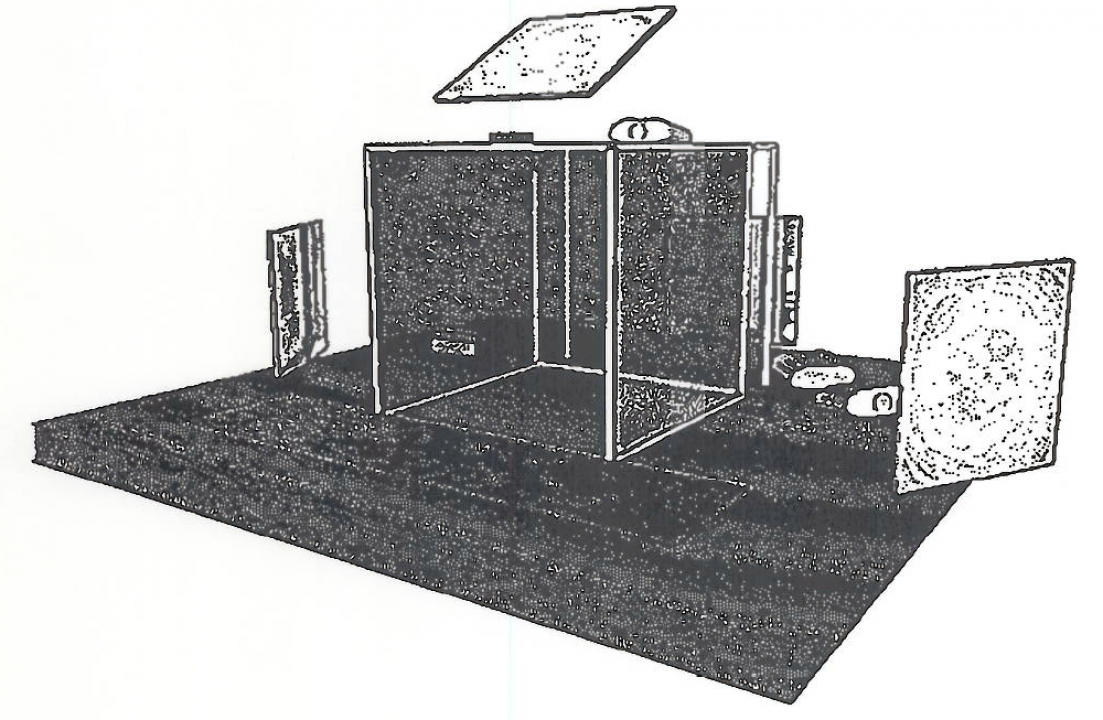|
|
||||||||||||||||||
CAVE Backgrounder
Authors: Brown, M., DeFanti, T., Sandin, D.
Publication: University of Illinois at Chicago, February 20, 1995 Virtual reality may best be defined as the wide-filed presentation of computer-generated, multi-sensory information that tracks a user in real time. In addition to the more well-known modes of virtual reality - head-mounted displays and boom-mounted displays - the Electronic Visualization Laboratory at the University of Illinois at Chicago recently introduced a third mode: a room constructed from large screens on which the graphics are projected on three walls and the floor. The CAVE is a multi-person, room-sized, high-resolution, 3D video and audio environment. Graphics are rear projected in stereo onto three walls and the floor, and viewed with stereo glasses. As a viewer wearing a location sensor moves within its display boundaries, the correct perspective and stereo projections of the environment are updated, and the image moves with and surrounds the viewer. The other viewers in the CAVE are like passengers in a bus, along for the ride! “CAVE,” the name selected for the virtual reality theater, is both a recursive acronym (Cave Automatic Virtual Environment) and a reference to “The Simile of the Cave” found in Plato’s “Republic,” in which the philosopher explores the ideas of perception, reality and Illusion. Plato used the analogy of a person facing the back of a cave alive with shadows that are his / her only basis for ideas of what real objects are. The CAVE premiered at the ACM SIGGRAPH 92 conference. It is achieving national recognition as an excellent virtual reality prototype and a compelling display environment for computational science and engineering data. Date: February 20, 1995 Document: View PDF |